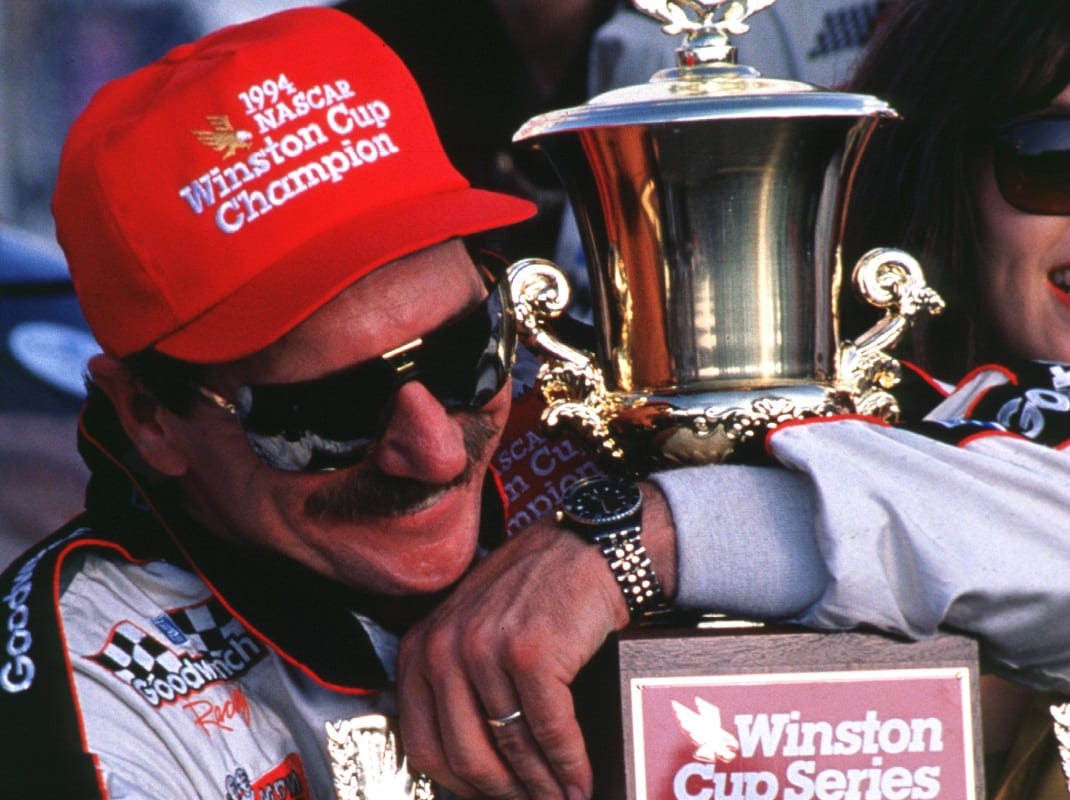SAFER Barrier Saves Lives: A safety innovation that would change major-league auto racing debuted on May 5, 2002.
That’s the day practice for the 86th Indianapolis 500 started at Indianapolis Motor Speedway and 4,240 feet of the track’s concrete retaining wall was covered with the new Steel and Foam Energy Reduction (SAFER) barrier.
Under development by the Indy Racing League and the University of Nebraska-Lincoln’s Midwest Roadside Safety Facility since 1998, the barrier was designed to absorb multiple impacts during the course of an event. NASCAR joined the development of the project in June 2000.
“The goal of this wall is to reduce the forces seen on the car to a range that lessens the likelihood of the driver being injured,” said Brian Barnhart, vice president of operations for the Indy Racing League.
Tragedy at Le Mans: The worst accident in racing history, one that forever changed the sport, took place on June 11, 1955, during the 39th running of the 24-Hour Grand Prix of Endurance in Le Mans, France.
An on-track accident sent the Mercedes driven by Pierre Levegh catapulting over a six-foot dirt berm. The car landed in a large crowd of spectators and burst into flames. The death toll eventually reached 85.
Despite the tragedy, the race was never stopped and the Jaguar driven by Mike Hawthorn and Ivor Bueb claimed the victory.
The accident resulted in outrage around the world and several countries immediately banned auto racing until safety improvements could be made. It also was a contributing factor in the decision by officials of the American Automobile Ass’n to eventually withdraw as this country’s preeminent sanctioning body.
Stock Cars Gain Traction: A meeting of drivers, car owners, officials and promoters at the Streamline Hotel in Daytona Beach, Fla., on Dec. 14, 1947, resulted in the formation of the National Ass’n for Stock Car Auto Racing.
Under the direction of veteran racer Bill France, the newly formed stock car sanctioning body quickly transformed the racing landscape.
An editorial by Carl “Pop” Green in the April 13, 1949, issue of NSSN included:
“By constantly increasing the power of their motors and the speed of their cars, the midgets began slowly and surely to destroy themselves.
“Along came the stock cars and while they cannot boast of any sensational speed, they look fast on account of their size. Stock cars run slow enough to be able to navigate on short tracks and put on a show which is pleasing to the spectators.”
Tony Hulman Saves the Indy 500: With World War II finally coming to an end in September 1945, the Indianapolis 500 faced an uncertain future as this country’s premier auto-racing facility had fallen into disrepair while sitting idle since Wilbur Shaw and Floyd Davis co-drove to victory on May 30, 1941.
At the urging of Shaw, a three-time Indy 500 winner, Tony Hulman, a Terre Haute, Ind., businessman, purchased the famed 2.5-mile race track from World War I fighter ace Eddie Rickenbacker for $750,000 on Nov. 14, 1945.
Hulman immediately named Shaw president and general manager of Indianapolis Motor Speedway and they went to work preparing the facility for the return of the Indianapolis 500 in 1946.
Hulman passed away in 1977, but his decedents continue to own and operate the world’s most famous race track.
Tobacco Money Flows: One of the most significant events in racing history occurred on April 1, 1970, but went virtually unnoticed by the motorsports community.
The milestone event took place in Washington, D.C., where President Richard Nixon signed the Public Health Cigarette Smoking Act. Included in the bill was a provision that took effect of Jan. 2, 1971, banning cigarette advertising from television.
Even though no one realized it at the time, the ban would forever change the motorsports industry as tobacco companies redirected large portions of their advertising budgets to racing sponsorships.
Phillip Morris’ Marlboro brand backed the USAC National Championship Series and Liggett & Myers supported the SCCA Continental Championship through its L&M cigarette brand. R.J. Reynolds, utilizing its Winston and Camel brands, assumed title sponsorship roles with NASCAR, IMSA and NHRA.
